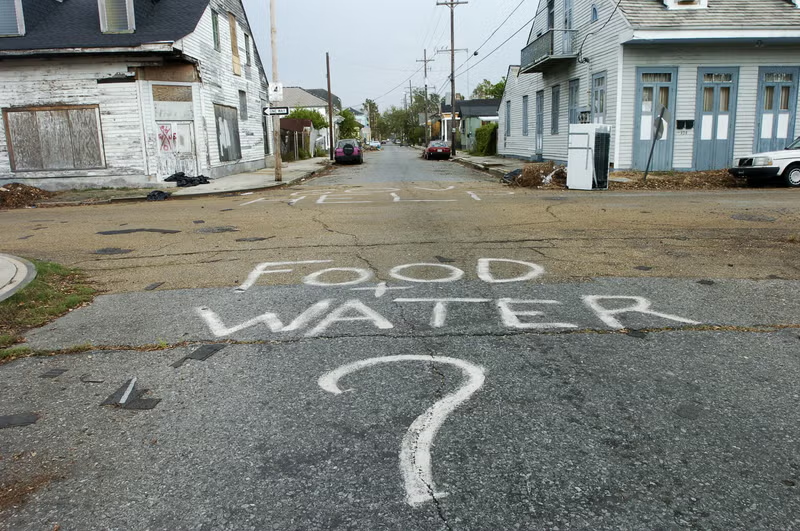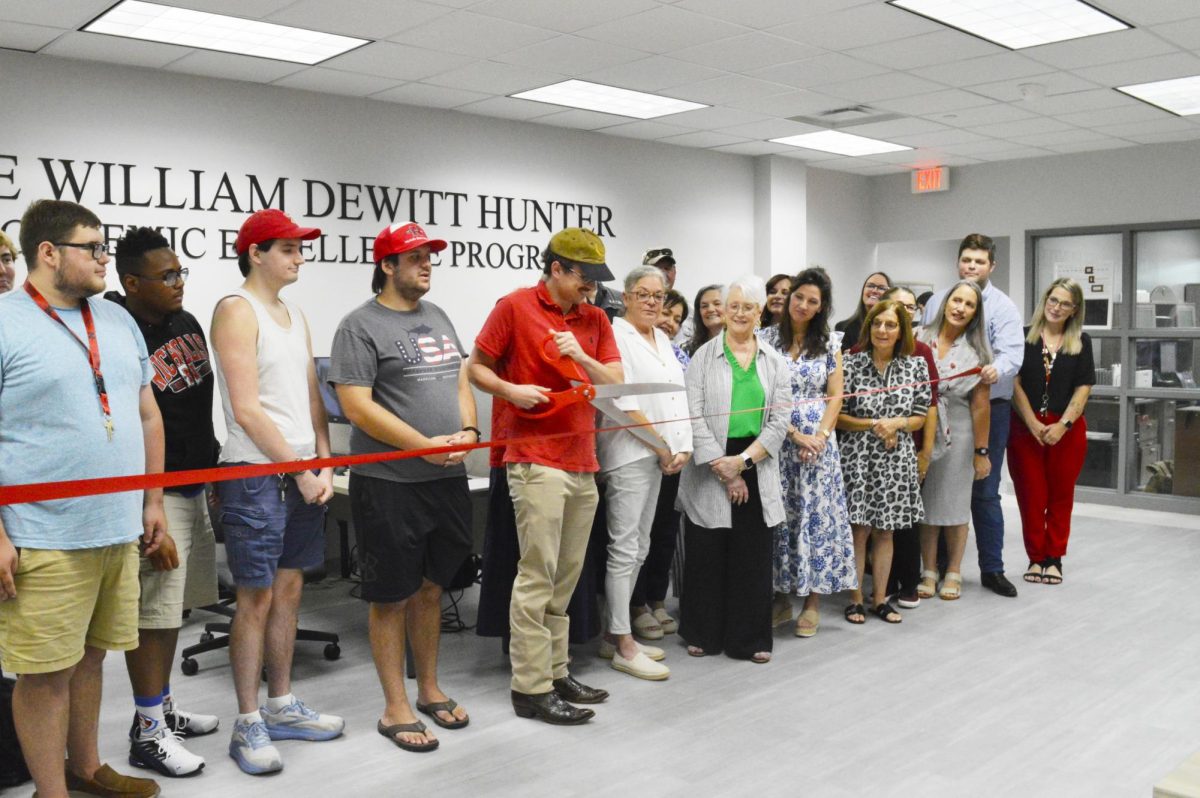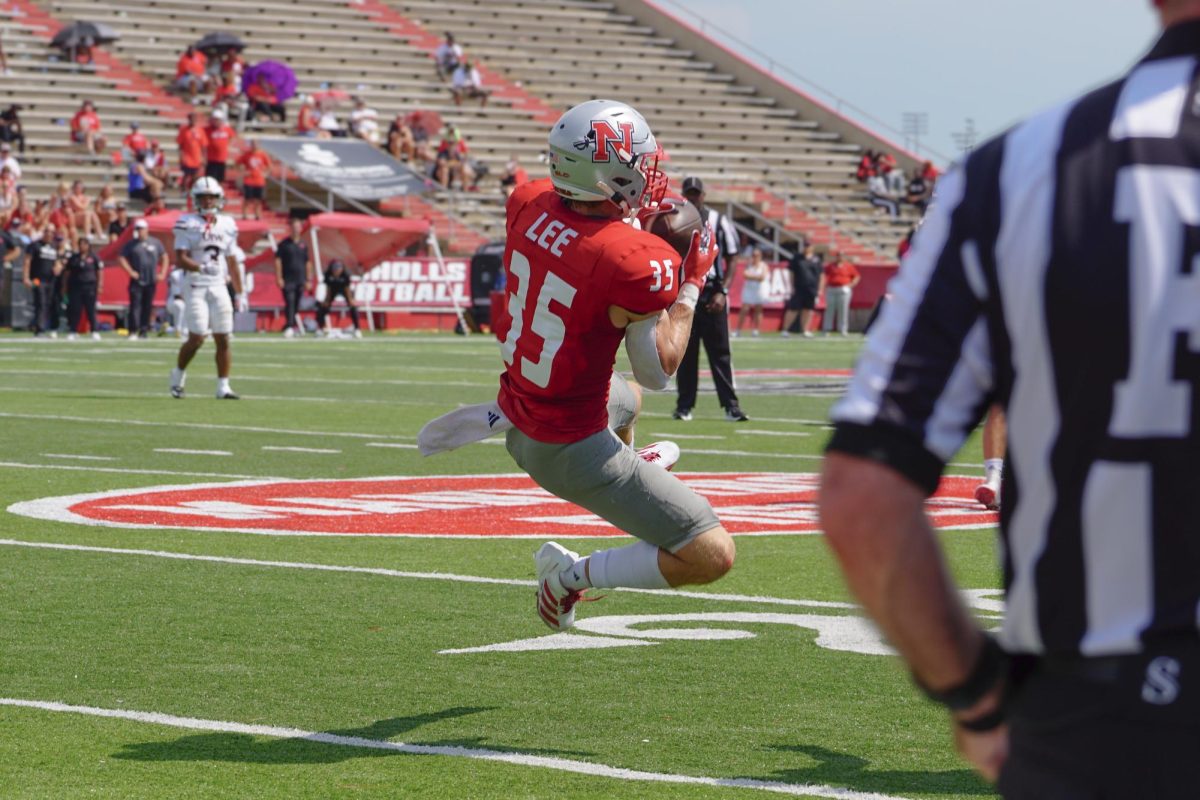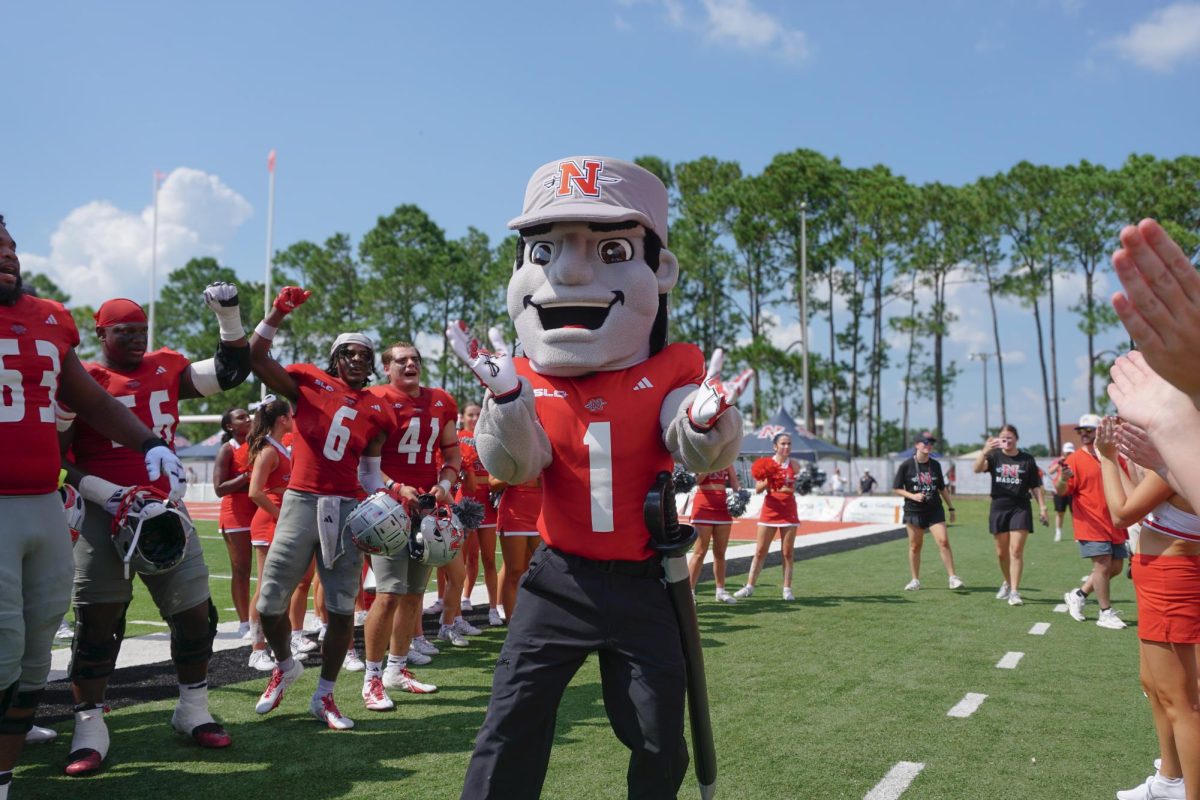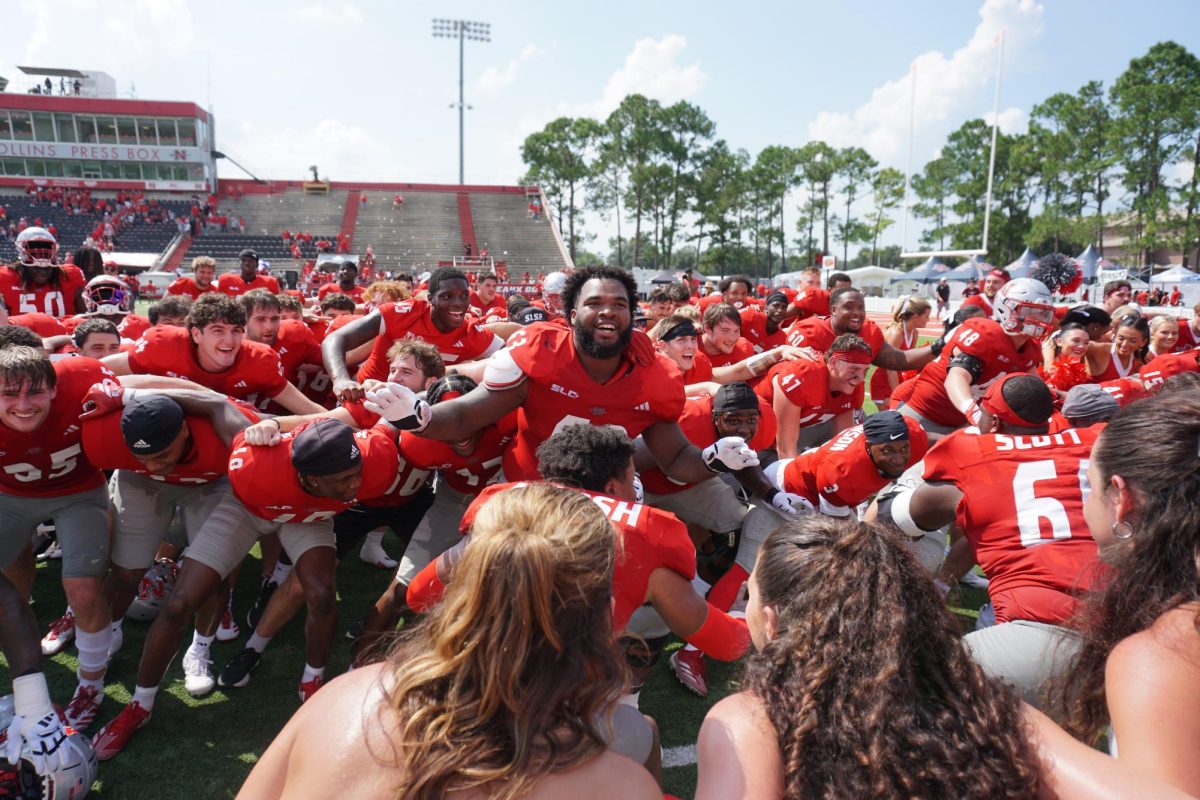The controversy regarding the National Association for the Advancement of Colored People’s proposal to change the current image of the Colonel continues.
Paul Hypolite Jr., NAACP president and mass communication sophomore from Port Arthur, Texas, recently proposed that the image of Nicholls’ current Colonel mascot be updated because the current Colonel is associated with the Confederacy and represents an era of racial inequality and injustice for blacks.
The Student Government Association reviewed the NAACP’s proposal at an ad-hoc committee meeting on Monday. In the meeting, committee members decided that the first step should be to gather student input on the NAACP’s proposal by distributing surveys to students this week. The committee also decided that the SGA would halt progress in modifying the mascot image if the vast majority of students surveyed are not in favor of the change.
“If the students are not behind the idea (to update the image of the Colonel mascot),” Jaret Hubbell, SGA president, said, “then there is no reason for (the SGA) to push forward.”
According to Hubbell, if the mascot change is decided to be in the best interest of students, the time it could take for a change to be implemented could range from next fall to three years from now. Such a change would take time because before any action could be taken, input from people who have a vested interest in the University such as faculty, staff and alumni would also be taken into consideration.
Ultimately, the power of implementing the change after analysis of various recommendations and proposals resides with Dr. Stephen Hulbert, University president, and his cabinet.
“(Hulbert and his cabinet) would probably leave (the update) up to a (specified) committee that they would have chosen to represent staff, faculty, student, alumni and community interest,” Hubbell said. “That committee would then make a recommendation to the (University president’s) cabinet and, ultimately, to the University president on what would need to be done.”
Hubbell said out of the students he spoke with, some are against any change whatsoever while others would prefer to see an updated Colonel image. Hubbell emphasized that is too soon to determine the particular inclination of students being for or against the proposal because everything remains word-of-mouth.
“I can see why the NAACP would be upset about it, but I think (the mascot) should stay the same,” Magan Brown, a freshman from Thibodaux, said. “It’s our mascot because of what our school’s name is, not because of the time period.”
“I think that (modifying the mascot) is kind of unreasonable because we would have to change so much,” Eydie Eschete, a freshman from Houma, said. “If they want to change the mascot, they should change it to a rainbow.”
Paralleling Nicholls’ present dilemma is the mascot situation the University of Mississippi, or “Ole Miss,” faces. Their mascot’s image is a Colonel Rebel, who is proving to be too outdated and evokes the Civil War and slave era as well as the University’s own segregationist past. The Ole Miss Loyalty Foundation is paying a New York design group, the Phoenix Group, $30,000 to draft mascot alternatives while the Colonel Rebel is being sidelined for the 2003 football season. The proposal has outraged many Ole Miss sport fans and many have said that they will stop buying season tickets if the mascot is changed. Ole Miss will proceed with having no mascot on the sideline for now, but the image will live on for merchandising purposes.
“(The Nicholls’ mascot debate) has been a debate raging for years now,” Hubbell said. “However, never before has it been an organization who has presented the idea to the SGA or the administration. I think in the past that a lot of emotions have flared, and people wanted action immediately. Whenever you get emotional about things, things go wrong. I would like to see things taken at an easy pace.”
Proposed mascot change goes before SGA ad-hoc committee
Dustin Percle
•
November 20, 2003
0
More to Discover



